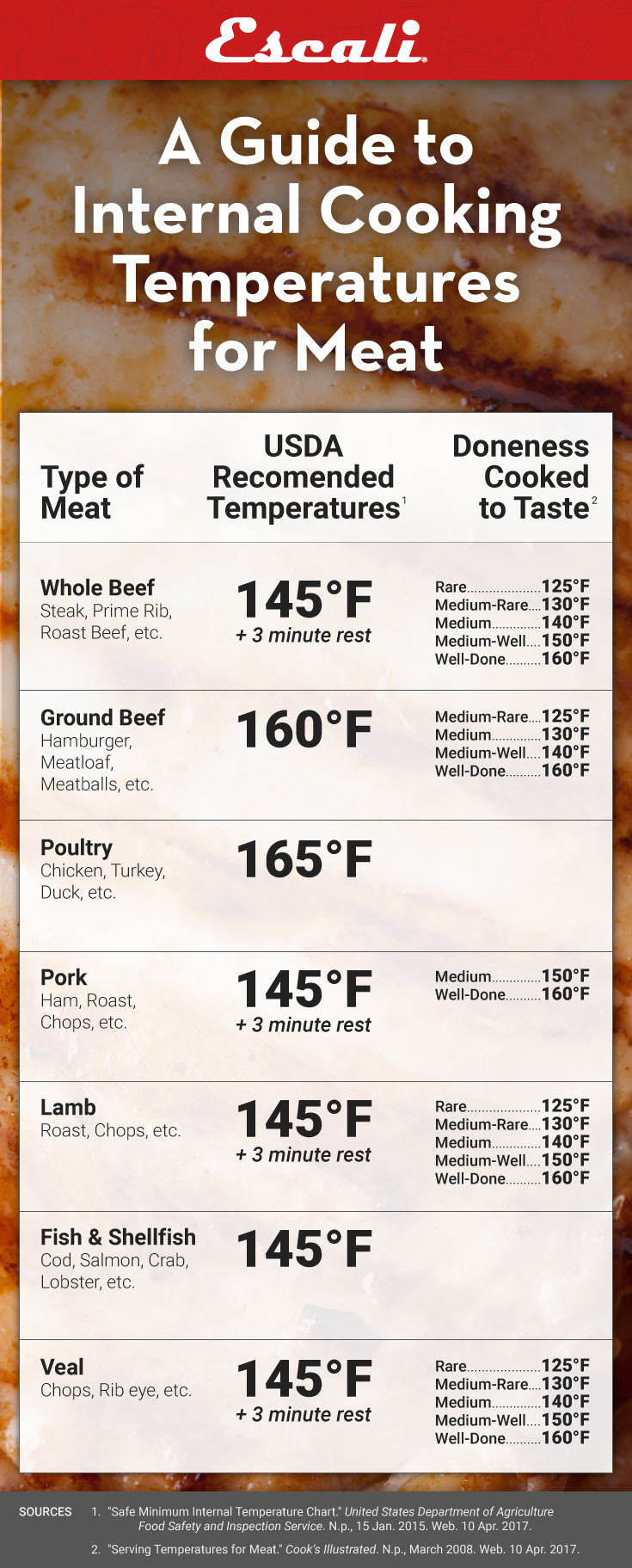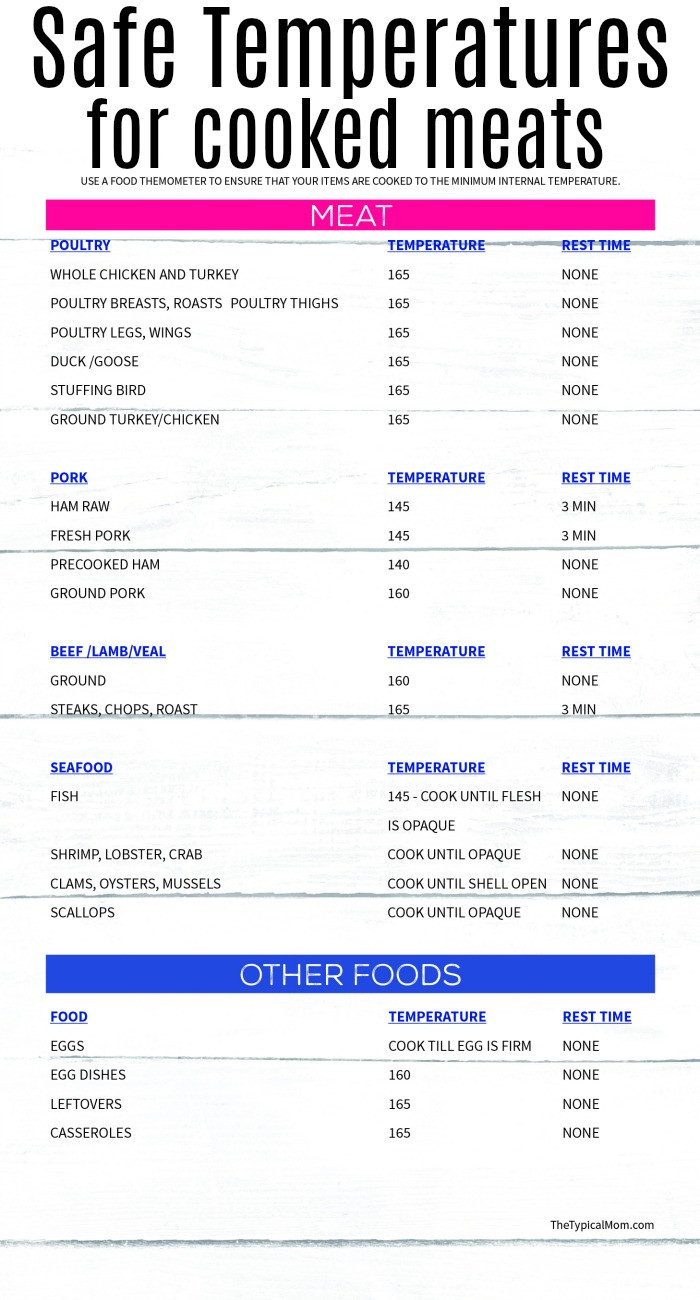So, here's the deal, folks. If you're into cooking—or even if you're just someone who loves a good sausage—you’ve probably wondered about that elusive term: internal temp pork sausage. What does it mean? Why does it matter? And most importantly, how do you get it right without turning your meal into a disaster? Let’s dive in and break it down because knowing the internal temp of your pork sausage can make or break your dinner game. No pressure, right?
Now, let’s talk turkey—or in this case, pork. Cooking sausages isn’t rocket science, but it does require a bit of precision. You see, pork sausage is more than just a yummy addition to your plate; it’s a delicacy that deserves respect. And part of respecting it means understanding its internal temperature. Yep, you heard me. Internal temp pork sausage isn’t just a fancy phrase; it’s a crucial factor in ensuring your sausage is safe to eat and bursting with flavor.
Here's the kicker: undercooked pork sausage can be dangerous, while overcooked sausage can be dry and tasteless. So, where’s the sweet spot? That’s exactly what we’re going to explore in this article. We’ll cover everything you need to know about internal temp pork sausage, from the basics to advanced tips, so you can cook like a pro every single time. Ready to take your sausage game to the next level? Let’s get started!
Read also:Valley Air Pollution Control District The Key To Cleaner Skies
Here's a quick Table of Contents to help you navigate:
- What is Internal Temp Pork Sausage?
- Why Does Internal Temp Matter?
- Biography of a Sausage
- Tools You Need to Measure Internal Temp
- Perfect Cooking Methods for Pork Sausage
- Common Mistakes to Avoid
- Health Benefits of Properly Cooked Pork Sausage
- Delicious Recipes Featuring Pork Sausage
- Tips for Beginners
- Conclusion: Your Sausage Journey Starts Here
What is Internal Temp Pork Sausage?
Alright, let’s start with the basics. The internal temp pork sausage refers to the temperature inside the sausage when it’s fully cooked. It’s not about how hot your grill is or how long you’ve been flipping the sausage—it’s all about what’s happening inside that casing. Think of it like this: the internal temperature is the sausage’s way of saying, “Hey, I’m ready to eat!”
Now, why does this matter? Well, pork sausage needs to reach a specific internal temperature to be safe for consumption. According to food safety experts, the magic number is 160°F (or 71°C). At this temp, any harmful bacteria like Salmonella or E. coli are destroyed, making your sausage not only delicious but also safe to eat.
But wait, there’s more! Reaching the right internal temp isn’t just about safety—it’s also about flavor. A properly cooked sausage has a juicy texture and a rich, savory taste that undercooked or overcooked sausage simply can’t match. So, yeah, getting the internal temp right is kinda a big deal.
Why 160°F is the Sweet Spot
Let’s talk numbers for a sec. The USDA (United States Department of Agriculture) recommends cooking pork sausage to an internal temperature of 160°F. This temp ensures that the sausage is fully cooked and free from harmful pathogens. But don’t just take my word for it—science backs this up. At 160°F, the proteins in the sausage denature, which means they break down and become tender and flavorful.
And here’s a fun fact: the USDA used to recommend a higher temp, like 165°F, but recent studies have shown that 160°F is sufficient to kill off any bad bacteria while still keeping the sausage juicy and delicious. So, yeah, science is on our side here.
Read also:Can Police Officers Smoke Offduty The Debate You Didnrsquot Know About
Why Does Internal Temp Matter?
Let’s be real, folks. No one wants to serve undercooked sausage at a barbecue. Not only is it gross, but it can also make people sick. And who wants that? That’s why understanding internal temp pork sausage is so important. It’s not just about following a rule—it’s about ensuring the safety and quality of your food.
Here’s the deal: pork sausage can harbor harmful bacteria like Salmonella and E. coli. These little buggers can cause foodborne illnesses that range from mild discomfort to serious health issues. But here’s the good news: cooking your sausage to the right internal temp kills off these bacteria, making your meal safe to enjoy.
And let’s not forget about flavor. A sausage that’s cooked to perfection has a rich, savory taste that undercooked or overcooked sausage just can’t match. So, yeah, getting the internal temp right is a win-win situation.
Food Safety First
When it comes to cooking pork sausage, food safety should always be your top priority. The internal temp is your best friend in this department because it’s the most reliable way to ensure your sausage is safe to eat. Don’t rely on color or texture alone—those can be deceiving. Use a thermometer to check the internal temp and rest easy knowing your sausage is good to go.
And here’s a pro tip: always wash your hands and utensils after handling raw sausage. Cross-contamination is a real thing, and it can ruin your whole cooking experience. So, stay safe and stay smart in the kitchen.
Biography of a Sausage
Before we dive deeper into the world of internal temp pork sausage, let’s take a moment to appreciate the humble sausage itself. Sausage has been around for centuries, and it’s one of the oldest forms of processed meat. It’s a culinary masterpiece that combines ground meat, spices, and seasonings into a delicious package.
Now, let’s talk about pork sausage specifically. Pork sausage is made from ground pork and is often seasoned with herbs and spices like garlic, paprika, and thyme. It’s a staple in many cuisines around the world, from Italian sausages to German bratwurst. And let’s not forget about breakfast sausages—they’re a breakfast classic for a reason!
Here’s a quick biodata of pork sausage:
| Category | Details |
|---|---|
| Origin | Various cultures worldwide |
| Ingredients | Ground pork, spices, seasonings |
| Flavor Profile | Savory, rich, sometimes spicy |
| Recommended Internal Temp | 160°F (71°C) |
The Evolution of Sausage
Sausage has come a long way since its humble beginnings. What started as a way to preserve meat has evolved into a culinary art form. Today, there are countless varieties of sausage, each with its own unique flavor and texture. From spicy chorizo to mild Italian sausage, there’s a sausage out there for everyone.
And let’s not forget about the cultural significance of sausage. In many cultures, sausage-making is a tradition passed down from generation to generation. It’s more than just food—it’s a connection to our past and a celebration of our heritage.
Tools You Need to Measure Internal Temp
Now that we’ve covered the importance of internal temp pork sausage, let’s talk about the tools you’ll need to measure it. A good thermometer is your best friend in the kitchen, and there are a few different types to choose from.
First up, we have the instant-read thermometer. This little guy is quick and easy to use, making it perfect for checking the internal temp of your sausage. Just insert the probe into the thickest part of the sausage and voilà—you’ve got your temp in seconds.
Then there’s the digital thermometer. This one’s a bit more high-tech, but it’s super accurate and reliable. Many digital thermometers come with features like alarms and timers, so you’ll never overcook your sausage again.
Which Thermometer is Best?
When it comes to choosing a thermometer, it really depends on your preferences and budget. If you’re just starting out, an instant-read thermometer is a great option. It’s affordable and easy to use, making it perfect for beginners.
But if you’re a serious sausage enthusiast, a digital thermometer might be worth the investment. With its advanced features and pinpoint accuracy, it can take your cooking game to the next level. So, yeah, it’s all about finding the right tool for the job.
Perfect Cooking Methods for Pork Sausage
Now that you’ve got your thermometer, let’s talk about the best ways to cook pork sausage. There are several methods to choose from, each with its own unique benefits. Whether you’re grilling, frying, or baking, the key is to always check the internal temp to ensure your sausage is cooked to perfection.
Grilling is a classic method that adds a smoky flavor to your sausage. Just preheat your grill to medium heat, place the sausages on the grates, and cook until the internal temp reaches 160°F. Easy peasy.
Frying is another popular method that results in a crispy exterior and a juicy interior. Simply heat some oil in a pan, add the sausages, and cook until they’re golden brown and the internal temp is spot on.
Baking for Convenience
And let’s not forget about baking. This method is perfect if you’re cooking for a crowd or if you want to keep things simple. Preheat your oven to 375°F, place the sausages on a baking sheet, and bake until the internal temp hits 160°F. It’s hands-off cooking at its finest.
Common Mistakes to Avoid
Even the best cooks make mistakes from time to time, but when it comes to pork sausage, there are a few common errors to watch out for. First and foremost, don’t rely on color or texture alone to determine if your sausage is cooked. These can be misleading, and you might end up with undercooked or overcooked sausage.
Another mistake to avoid is overcrowding the pan or grill. This can cause the sausages to steam instead of sear, resulting in a less flavorful sausage. Give each sausage some breathing room so it can cook evenly and develop that delicious crust.
And finally, don’t forget to rest your sausage before serving. This allows the juices to redistribute, ensuring a juicier and more flavorful bite every time.
How to Avoid Overcooking
Overcooking is a common issue when it comes to pork sausage, but it’s easily preventable. Use a thermometer to check the internal temp frequently, and remove the sausage from the heat as soon as it reaches 160°F. And remember, sausages will continue to cook for a few minutes after you remove them from the heat, so it’s better to err on the side of caution.
Health Benefits of Properly Cooked Pork Sausage
Now, let’s talk about the health benefits of properly cooked pork sausage. While sausage isn’t typically thought of as a health food, it can be part of a balanced diet when consumed in moderation. Cooking your sausage to the right internal temp ensures that it’s safe to eat and free from harmful bacteria.
Pork sausage is a good source of protein, which is essential for building and repairing tissues in the body. It also contains important nutrients like iron and zinc, which are crucial for maintaining a healthy immune system.
Of course, it’s important to balance sausage consumption with plenty of fruits, vegetables, and whole grains. Moderation is key, and cooking your sausage to the right internal temp is just one part of maintaining a healthy diet.
Is Pork Sausage Healthy?
The answer to this question depends on how you look at it. While pork sausage can be high in fat and sodium, it also contains important nutrients that our bodies need. The key is to enjoy it in moderation and pair it with other healthy foods to create a balanced meal.


